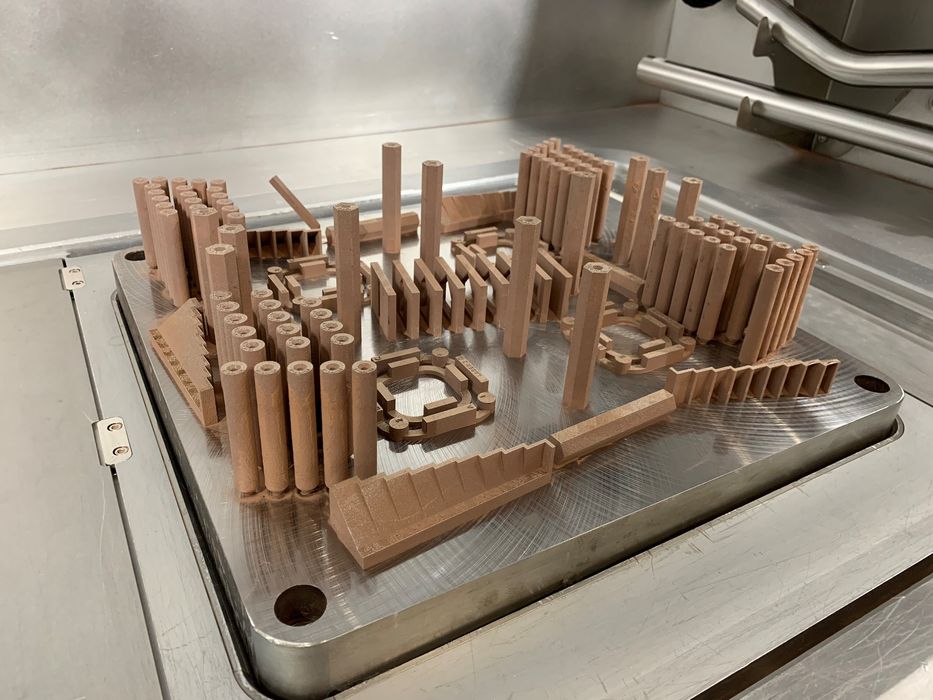
Sintavia announced a new copper 3D printing method, but this may lead to an interesting challenge to other providers.
Sintavia is a Florida-based specialized metal manufacturing service that uses 3D printing and associated technologies. They can help plan, design manufacture and test metal components.
They’ve specialized further by focusing solely on the aerospace market. Their homepage says:
“At Sintavia, we harness the power of additive manufacturing to design and manufacture critical Aerospace, Defense, and Space assemblies that are lighter weight, better performing, and more sustainably produced.”
This is a very good idea, of course, as specialization within an industry helps provide confidence for potential buyers who can see examples of similar products being produced by Sintavia in their space.
This week Sintavia announced a very intriguing “proprietary 3D printing technology” for a specific copper alloy used by space companies in high-stress environments. They explain:
“The new technology, which is a combination of a proprietary parameter set and post-processing heat treatment, was developed on an EOS GmbH M400-4 printer, and results in GRCop-42 components with minimum density of 99.94%, minimum tensile strength of 28.3 ksi, minimum ultimate yield strength of 52.7 ksi, and minimum elongation of 32.4%. Importantly, the technology avoids the use of a hot isostatic press in post-processing steps, thereby reducing the time, complexity, and cost of production.”
This is very interesting because it’s not a new machine, not a new material or even a print profile. It’s likely a very specific combination of all of the above, along with operational procedures.
Of course, they aren’t telling anyone the details because this “method” is in fact now a competitive advantage. It’s a process they can market with their clients and prospects, and one that can gain a reputation for quality for this particular material.
The only thing missing here is a brand name.
It’s well known that it’s a difficult challenge to 3D print properly in metal, and that’s why most metal shops employ a squad of engineers to figure out how to run jobs in an optimal manner.
But here Sintavia seems to have taken that type of expertise and “put it in a bottle”. Now they’re marketing and selling it.
Here’s where it gets interesting.
If Sintavia can create a process for this particular metal, they can no doubt do the same for other materials. I could see them gradually announcing several other unique processes for in-demand exotic metals over time. (This is where the brand name would be useful.)
But wait — if Sintavia can do this, then so can their competitors. The competition also has engineers and can competently produce parts. They can also package up their procedures and declare a “proprietary process” for their materials.
If these processes had brand names, one could easily see buyers debating whether “X is better than Y for this application”.
If this happens, it would fundamentally shift the focus of attention from today’s odd scramble of machines and materials to more refined processes that are known to actually produce proper results.
I think this could be a good thing. Don’t you?
Via BusinessWire and Sintavia
